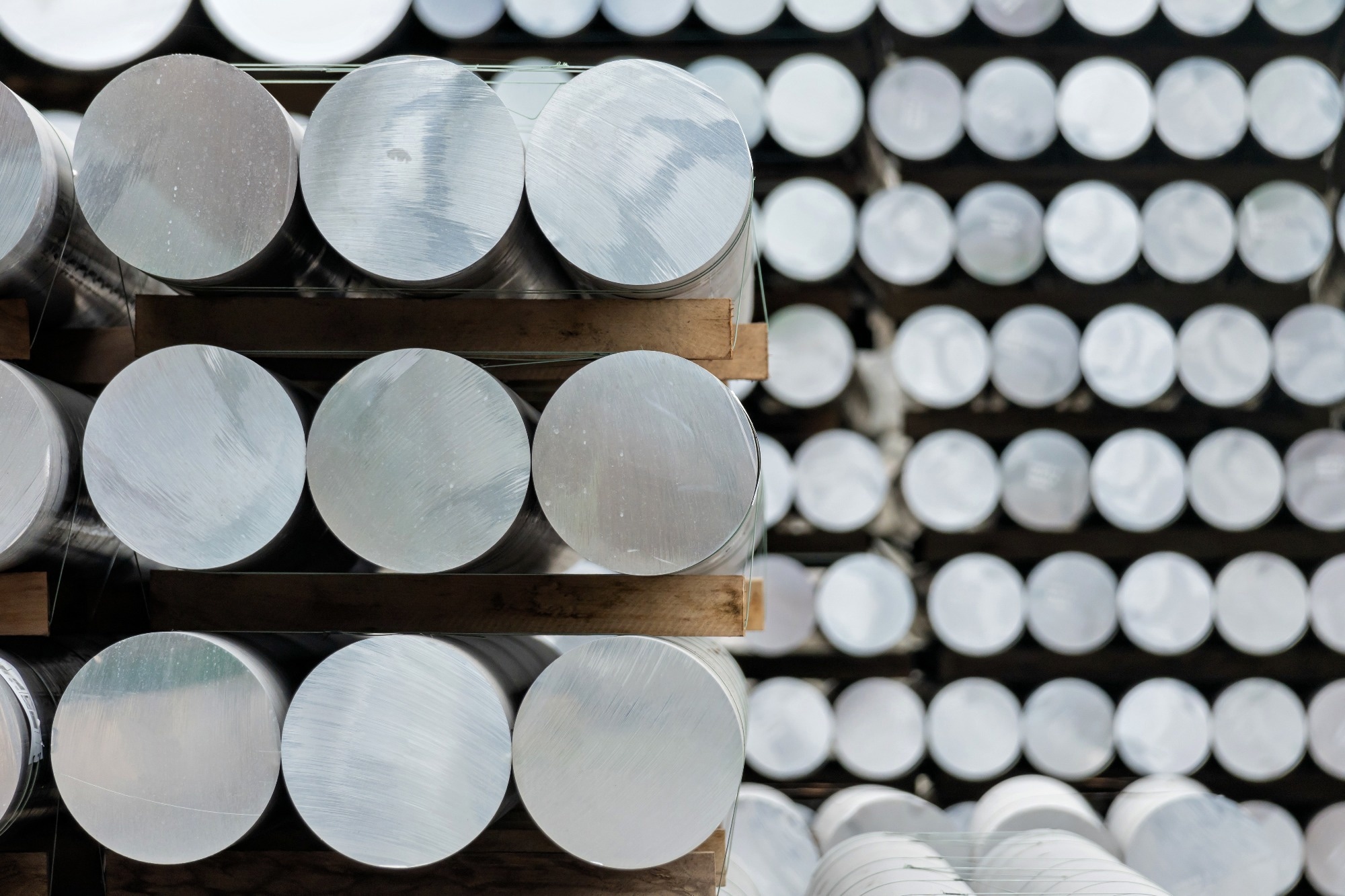New research outlines how metallographic techniques are advancing the detection of quasicrystals in aluminum alloys, revealing more than ever before on their structure, properties, and industrial potential.
 Image Credit: Bjoern Wylezich/Shutterstock.com
Image Credit: Bjoern Wylezich/Shutterstock.com
A recent review published in Materials evaluates a range of metallographic approaches used to identify quasicrystals in aluminum (Al) alloys. These complex structures, which defy traditional crystallographic principles, continue to drive the development of more refined analytical tools.
The review assessed conventional methods against emerging high-resolution techniques and presented practical strategies for locating and characterizing quasicrystalline phases. It also showed how metallography can complement tools like transmission electron microscopy (TEM) by enabling large-area analysis, particularly useful when working across a broad range of particle sizes.
Metallography remains a cornerstone for studying the microstructure of metals and alloys. Classical techniques, such as sample preparation, optical microscopy, and chemical etching, have long been used for material development and quality assurance. In the case of Al alloys, these methods continue to offer valuable insights into structural features.
Quasicrystals, first identified in melt-spun Al alloys, exhibit long-range orientational order without translational symmetry. Their unusual symmetries (including icosahedral and decagonal forms) and broad size range, from nanometers to millimeters, make them difficult to detect with conventional tools alone.
Their presence, however, has significant implications: Al-based alloys containing quasicrystals demonstrate low thermal and electrical conductivity, reduced friction, corrosion resistance, and hardness levels comparable to stainless steel. Detecting these phases accurately is therefore critical for fundamental research and potential applications.
2D and 3D Metallographic Techniques
Initial detection often begins with two-dimensional methods such as light microscopy, chemical etching, and scanning electron microscopy (SEM). These tools can identify particles ranging from around 20 nm to 5 μm based on characteristic rotational symmetries, 5-, 8-, 10-, or 12-fold, that distinguish quasicrystals from periodic structures.
Chemical etching plays a central role in exposing structural contrast. For instance, in melt-spun Al ribbons, etching reveals quasicrystalline particles, while SEM backscattered electron imaging highlights phase differences based on atomic number contrast.
For three-dimensional analysis, deep etching techniques allow researchers to expose internal networks without altering the quasicrystal morphology. The best results are achieved by choosing an etchant that removes the Al matrix selectively. Iodine-methanol, for example, is effective for Al–Mn–Be alloys, revealing fine eutectic quasicrystalline networks in 3D.
Particle extraction is another valuable method. By completely dissolving the surrounding matrix, researchers can isolate quasicrystals for high-resolution analysis without structural distortion.
High-Resolution Imaging and Nanoscale Challenges
Once isolated or deeply etched, quasicrystals can be examined using advanced techniques such as electron backscatter diffraction (EBSD), atom probe tomography (APT), and focused ion beam SEM (FIB/SEM). EBSD provides crystallographic and geometric data for particles larger than 100 nm, while APT can resolve features down to 0.3 nm, offering a path to visualize nanoscale quasicrystalline clusters.
Despite these abilities, there are limits to their analysis. Identifying quasicrystals smaller than 100 nm, optimizing etching for nanoscale structures, and working with multiphase alloys require further refinement of current methods.
The review explored hybrid approaches that bridge this gap. One example is SEM imaging of FIB-prepared lamellae combined with transmission Kikuchi diffraction, which enables detailed analysis of particles as small as 10 nm. Emerging 3D reconstruction techniques, like micro-computed tomography (micro-CT), serial sectioning via FIB/SEM, and APT, are also helping researchers study quasicrystal formation, nucleation, and growth at multiple scales.
Download your PDF now!
Multiscale Framework for Quasicrystal Analysis
The review provides a detailed roadmap for applying metallographic tools to quasicrystal analysis in aluminum alloys. Combining classical preparation techniques with modern imaging methods and 3D analysis can enable researchers to build a multiscale understanding of quasicrystalline structures, from bulk morphology to atomic-level features.
Future efforts should concentrate on refining predictive etching models, incorporating quasicrystalline data into EBSD databases for automated phase recognition, and expanding the use of 3D characterization tools to link microstructure with formation mechanisms. As these methods continue to evolve, metallography remains central to advancing both fundamental quasicrystal research and the development of high-performance Al alloys.
Journal Reference
Boncina, T., & Zupanic, F. (2025). Metallography of Quasicrystals in Al-Alloys. Materials, 18(19), 4575. DOI: 10.3390/MA18194575 https://www.mdpi.com/1996-1944/18/19/4575
Disclaimer: The views expressed here are those of the author expressed in their private capacity and do not necessarily represent the views of AZoM.com Limited T/A AZoNetwork the owner and operator of this website. This disclaimer forms part of the Terms and conditions of use of this website.